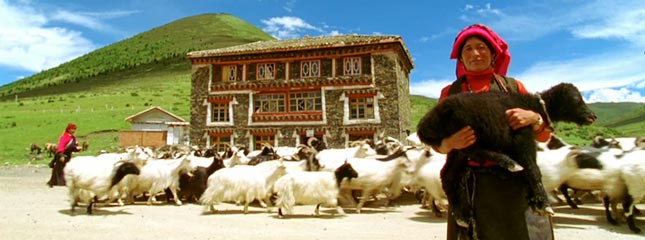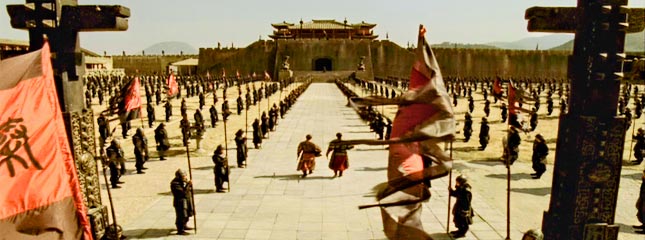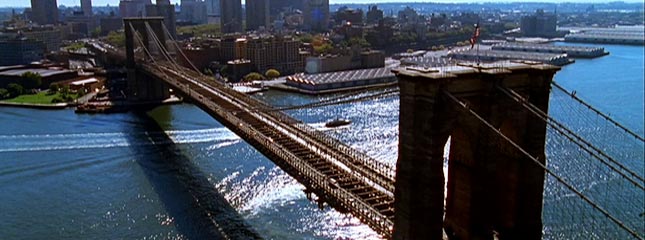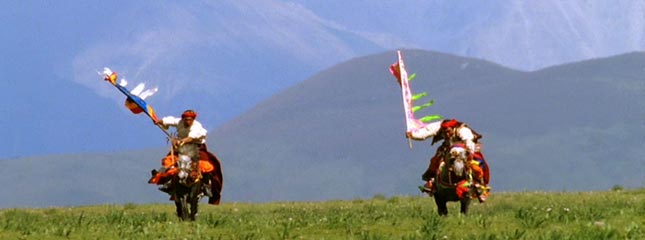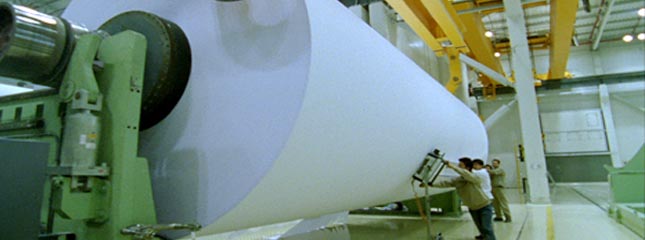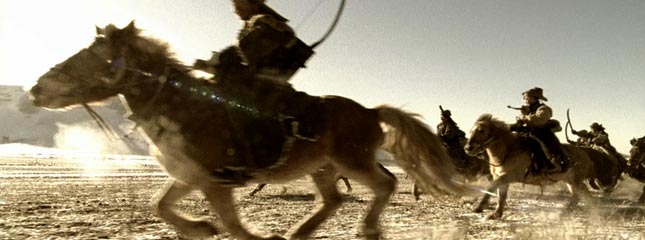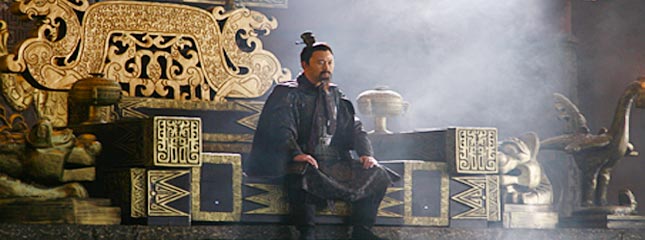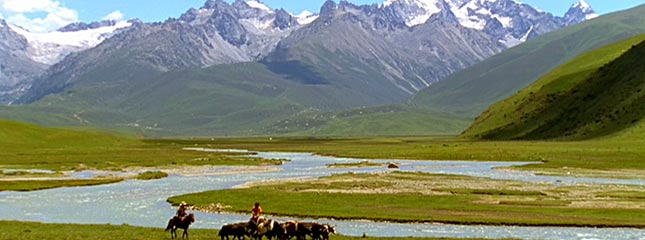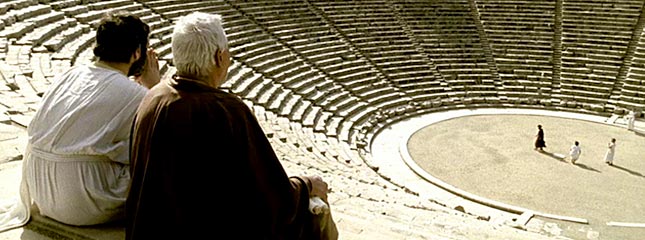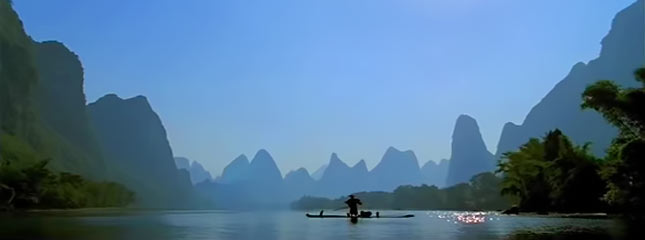Legacy of China is by far the most challenging project that I’ve done so far.
It landed on my desk as a list of inventions. But once I started reading background material I realized that to merely list them one by one would be to miss the bigger story.
So I decided to turn it into a story about China’s hugely inventive culture in relation to other civilisations and investigate the impact on us today.
I knew it would be a huge challenge, but we had some of the world’s greatest minds contributing to what I knew would be a difficult story to tell.
The nature of our story demands that we go back and forth in time to bring to life the origins of things we take for granted today. It demands that we explain why China thought of these things and no one else did. And it demands to have some relevance to us in the modern world.
To convey complex ideas with clarity the emphasis is simple storytelling.
Taking a huge leap back in time is done with ease through strikingly simple transitions like a man eating a bowl of rice in the 21st century to one in the 2nd century BC, or a man using and abacus, or a Chinese farmer planting crops in rows to crop spraying in the Prairies.
The feel is a blend of science and culture. We show the origins of the idea in rural or ancient China as well as the most modern examples of how China is harnessing Western technology. We follow the fortunes of a traditional family from rural China with a young scientist in Beijing. Both are linked by agriculture. By touching on key aspects of this story, we contrast strong traditional values that are extremely influential in Chinese thinking and modern life, with the increasing influence and dependence on Western ideas.
The pictures that depict the past have a rich cinematic and painterly look, and in a similar way to the re-enactments of Zheng He the production values are very high. The present is given a different look; the modern world is depicted with a clean graphic feel. But both are linked by a common style of deliberate simple composition and crisp, clear images.
The impact in the storytelling message is made by constantly making dramatic swings from one end of the temporal spectrum to the other.
Even though each location has its own look and style, a strong sense of narrative linkage weaves between the different worlds of China, Greece, Italy and America. Meanwhile a recurring realistic image of mother earth is important to remind us of the global picture and that 3,000 years of civilization is a blip on the chart of its life.
A composed music score allows us to build themes that underscore the various levels of storytelling, be it sweeping historical, diversely cultural or intimately personal.
It’s time to acknowledge that China has made a massive contribution to the development of civilization. But it’s also important to recognize that the modern world has been shaped by a synthesis of Chinese and western thought.
The world’s population has increased from 1 billion to 6 billion in the last 100 years, placing enormous strain on mother earth’s resources. So our future depends on our continued ability to be inventive.
As long as we share this tiny planet we should put aside the emphasis on moving independently and strive to move forward together.
